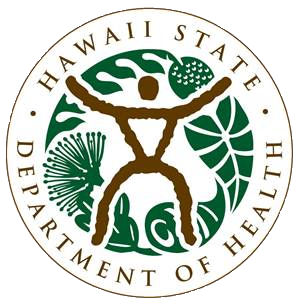Additional Guidance Documents
ADDITIONAL GUIDANCE DOCUMENTS
| Effective Date |
Description | Link |
| October 2017 | Guidance for Soil Stockpile Characterization and Evaluation of Imported and Exported Fill Material: Provides guidance related to import and export of fill material for contaminant removal or remediation sites. This includes:
Reference: HDOH, 2017d |
PDF Link will open a new window. |
| October 2012 | Additional Notes on HDOH report Field Investigation of the Chemistry and Toxicity of TPH in Petroleum Vapors
Reference: HDOH 2012c |
PDF Link will open a new window. |
| June 2012 | Summary of Pesticide and Dioxin Contamination Associated with Former Sugarcane Operations
Reference: HDOH 2011d |
PDF Link will open a new window. |
| Fall 2017 | Batch Test Leaching Model Spreadsheet:
|
XLS Link will open a new window. |
| March 2011 | Use of Decision Unit and Multi-increment Soil Sample Investigation Approaches to Characterize a Subsurface Solvent Plume.
Reference: HDOH, 2011i |
PDF Link will open a new window. |
| March 25, 2011 | Technical Guidance Manual Notes: Decision Unit and Multi-increment Sample Investigations.
Reference: HDOH, 2011b |
PDF Link will open a new window. |
| Initially posted February 2005 then periodically updated – see link for latest update | Screening for Environmental Hazards at Sites with Contaminated Soil and Groundwater (or “EHE Guidance”). The HEER Office EHE Guidance and HEER Office TGM are the two major HEER Office technical guidance documents. Topics covered in the EHE Guidance include:
Reference: HDOH, 2011f |
Link will open a new window. |
| June 27, 2007 | Long-term Management of Petroleum-Contaminated Soil and Groundwater.
Reference: HDOH, 2007c |
PDF Link will open a new window. |
| April 12, 2007 | Use of Laboratory Batch Tests to Evaluate Potential Leaching of Contaminants from Soil. Guidance for assessing the potential impact to groundwater posed by leaching of contaminants from vadose-zone soils. This model uses site-specific soil data to evaluate contaminant mobility and estimate contaminant concentrations in soil leachate and future impacts to groundwater based on leachate dilution assumptions.
Reference: HDOH, 2007 |
PDF Link will open a new window. |
